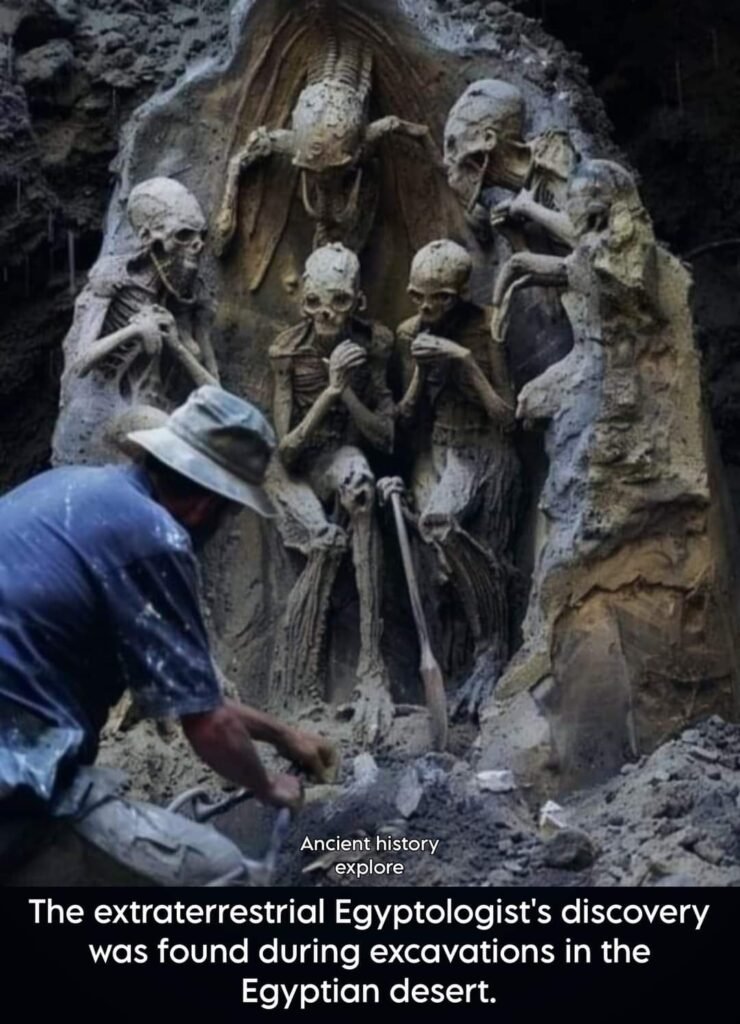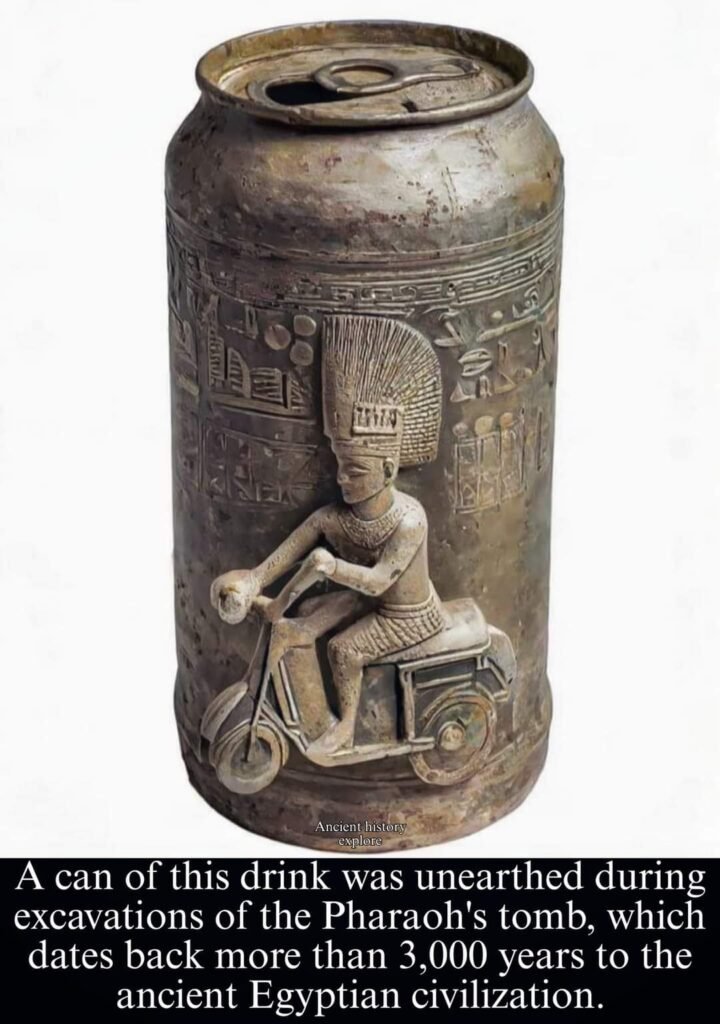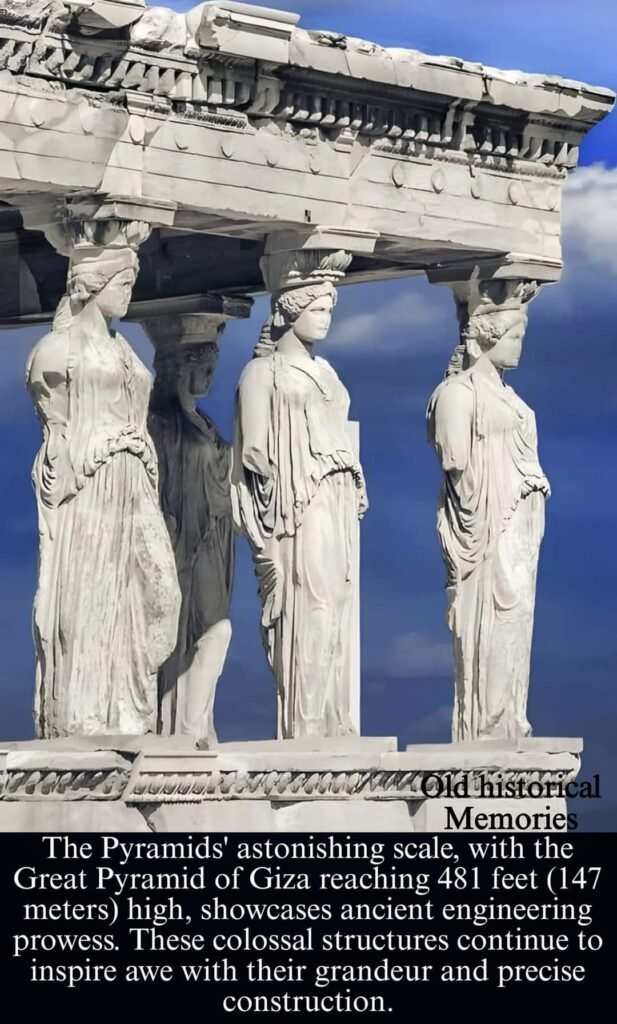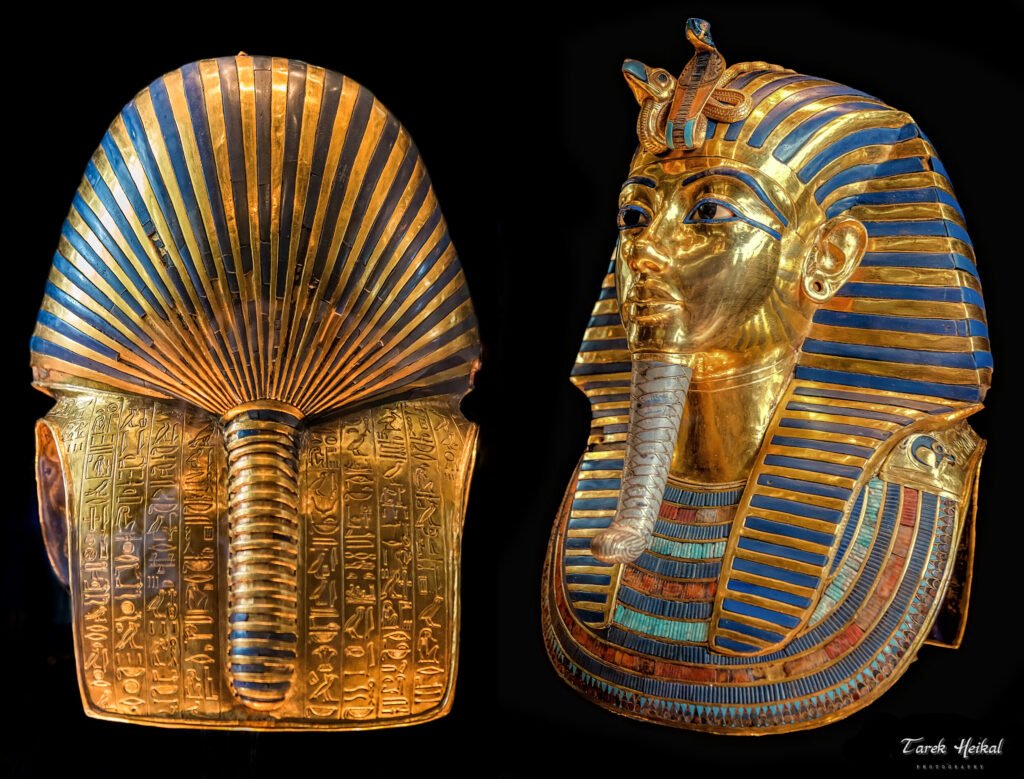over millions of years due to tectonic activity, the ancient ocean receded, leaving behind a vast desert landscape. This fossilized whale, part of a group known as archaeocetes, provides crucial insights into the evolutionary history of whales and their transition from land-dwelling mammals to the aquatic giants we see today.
The discovery of such fossils in the Sahara highlights the dynamic nature of Earth’s geology and climate. During the Eocene epoch, when these whales lived, the region was submerged under warm, shallow seas teeming with marine life. As the climate changed and the continents shifted, these marine environments transformed into the arid landscapes we recognize […]








